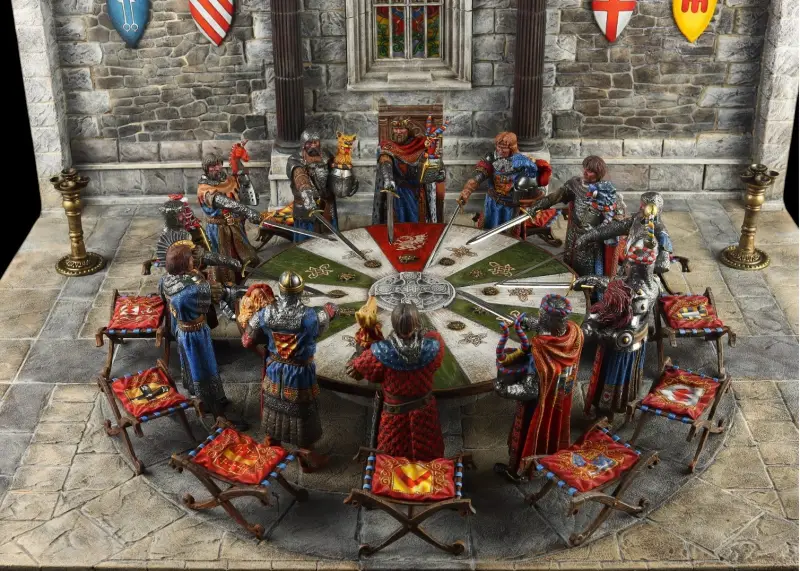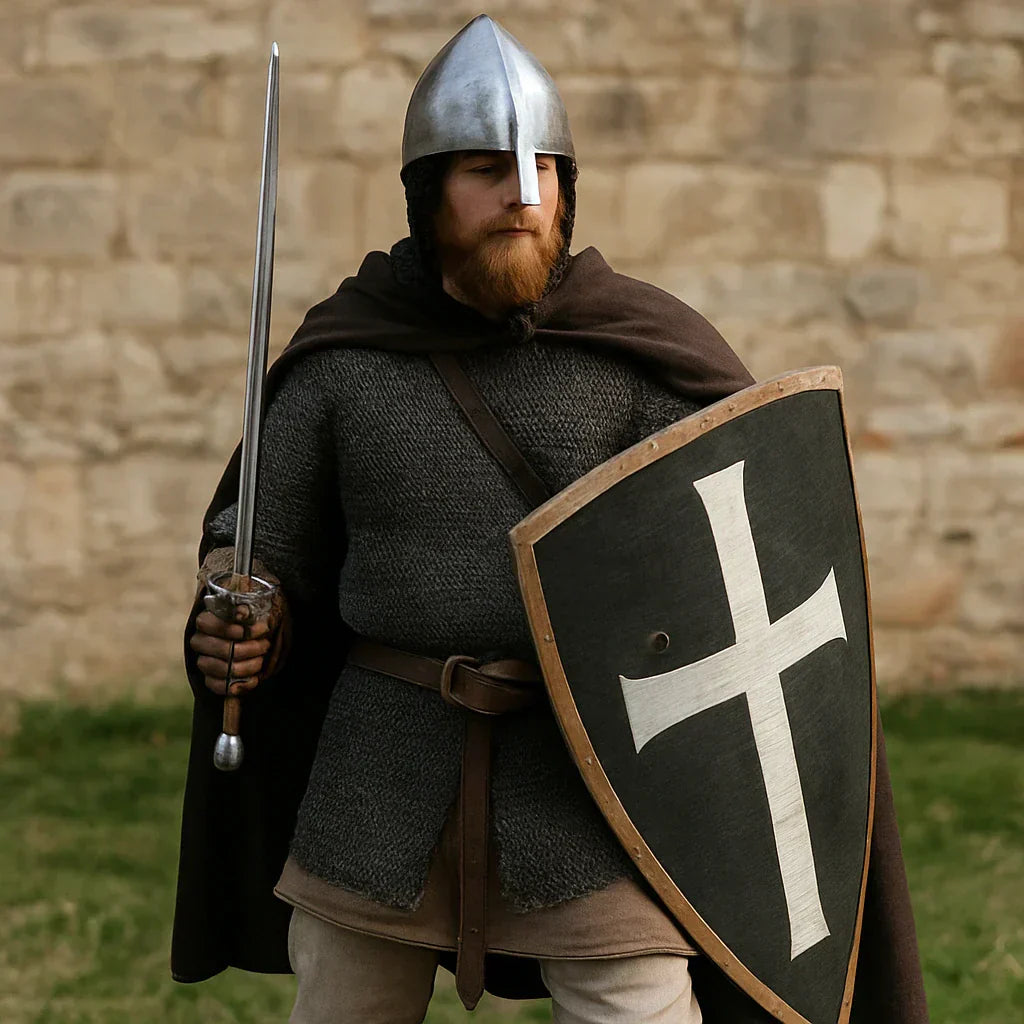When the word "ogre" is mentioned, many people think of modern fictional figures; however, ogres have deep roots in European folklore, long before the fairy tales collected by the Brothers Grimm or Perrault.
These creatures were not simply lumbering giants, but embodiments of the collective fear of brutality, wildness, and uncontrollability.
In this article, we explore the true origins of ogres, as conceived in ancient tales, their evolution in oral tradition, and their role in popular beliefs.

Medieval ogres: cannibals and cruel
In medieval Europe, ogres were conceived as grotesque giants with enormous teeth, superhuman strength, and ruthless brutality. They lived in remote places like forests, mountains, or ruined castles, and were known to kidnap children or travelers to devour.
These creatures appear in traditional tales from northern Italy, France, Spain, and other regions. They were described as deformed humanoids, sometimes with a single eye or multiple heads. Their temperaments were violent, dominated by greed and stupidity.
Ogres and giants in Celtic and Germanic mythology
Although the term ogre is more recent, its essence already existed in the mythical giants of Celtic and Germanic tradition.
In Irish mythology, the Fomorians were gigantic, deformed beings, symbols of destructive forces.
Similarly, the Scandinavian jötnar—ice or mountain giants—shared traits with ogres: savages, enemies of the gods, and inhabitants of the margins of the world.
In the Germanic world, figures such as the ettins or riesen played the same archetypal role as the ogre as a brutal and colossal monster.

Folk tales and the figure of the ogre as a warning
During the Middle Ages and the Renaissance, ogres were used as a moral warning in children's stories. They represented the danger of disobedience or straying from home.
This moralizing use appears in multiple stories, such as:
• In “Tom Thumb,” where the ogre devours his own daughters by mistake.
• In versions of “Little Red Riding Hood,” in which the wolf is replaced by an ogre.
• In Spanish tales from Castile and Galicia, where ogres appear as cannibal giants.
These stories reinforced social norms through fear of the monstrous.
The Iberian ogre: myths from northern Spain
In the oral tradition of northern Spain, especially in Asturias, Galicia, and the Basque Country, there are stories about wild giants who resemble ogres.
In Asturias, the Pataricu is a gigantic being that devours humans, lives in mountains, and roars with a thunderous voice.
In the Basque Country, the Tartalos are prominent, one-eyed giants, cattle herders, and cannibals. They live in caves, kidnap people, and are defeated with cunning. This figure is reminiscent of the Cyclops Polyphemus and anticipates the ogre of French tales.

The ogre as a metaphor for the wild and the uncivilized
Beyond its literal appearance, the ogre symbolized fear of the external. In a world limited to the immediate environment, the unknown easily became monstrous.
In many cultures, ogres were seen as deformed or cursed humans, even fallen nobles or hermits. They projected collective fears: war, disease, famine, or divine punishment.
The ogre as the eternal shadow of the European tale
The ogres of folklore weren't clumsy or endearing creatures, but rather monsters steeped in symbolism. They embodied brutality, fear of the unknown, and punishment.
They were feared for their strength and hunger, but also for reflecting the dark impulses of human beings.
From the mountains of northern Spain to 17th-century French tales, ogres have been living warnings, reminding us that cunning, humility, and courage can overcome even the most fearsome monster.

Ogres, a dark echo of European folklore
Ogres are figures deeply rooted in the European imagination. They represent the ancestral fear of the wild, the excessive, and the uncontrolled.
Its appearance in stories, myths and legends reflects a human need to embody danger and explain the inexplicable.
With their gigantic bodies and voracious appetite, they are a distorted mirror of humanity.
Although they no longer lurk in forests, they live on in oral tradition, as an eternal symbol of collective fear.
Don't forget to check out our Medieval Shop .
You're sure to find everything you need there if you ever need to face these creatures.









